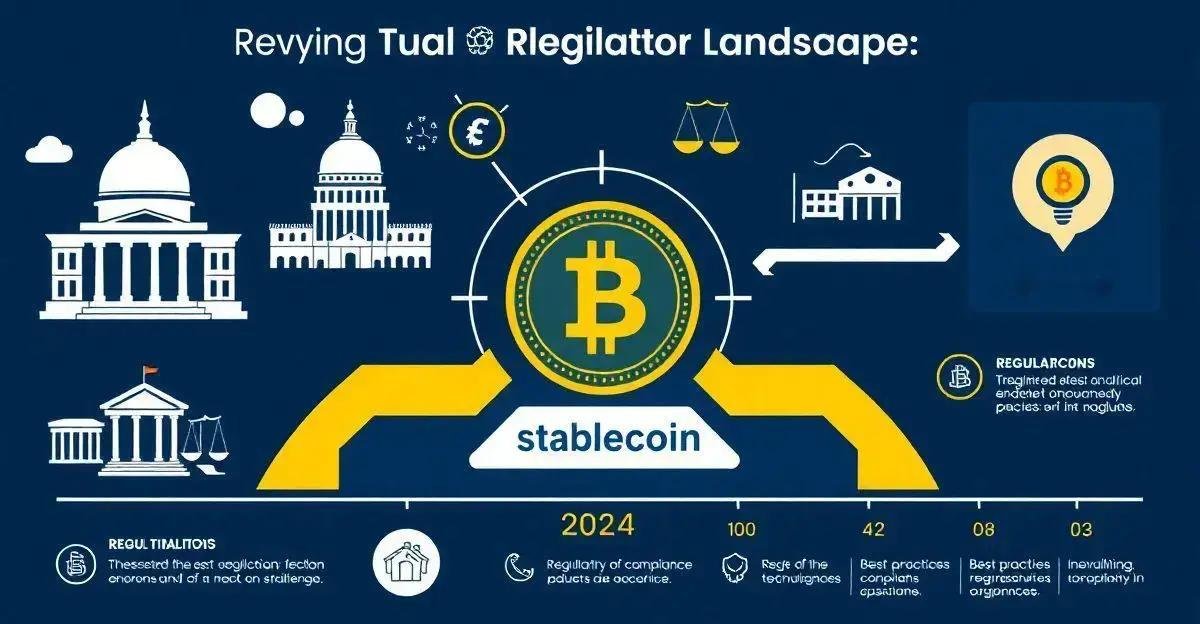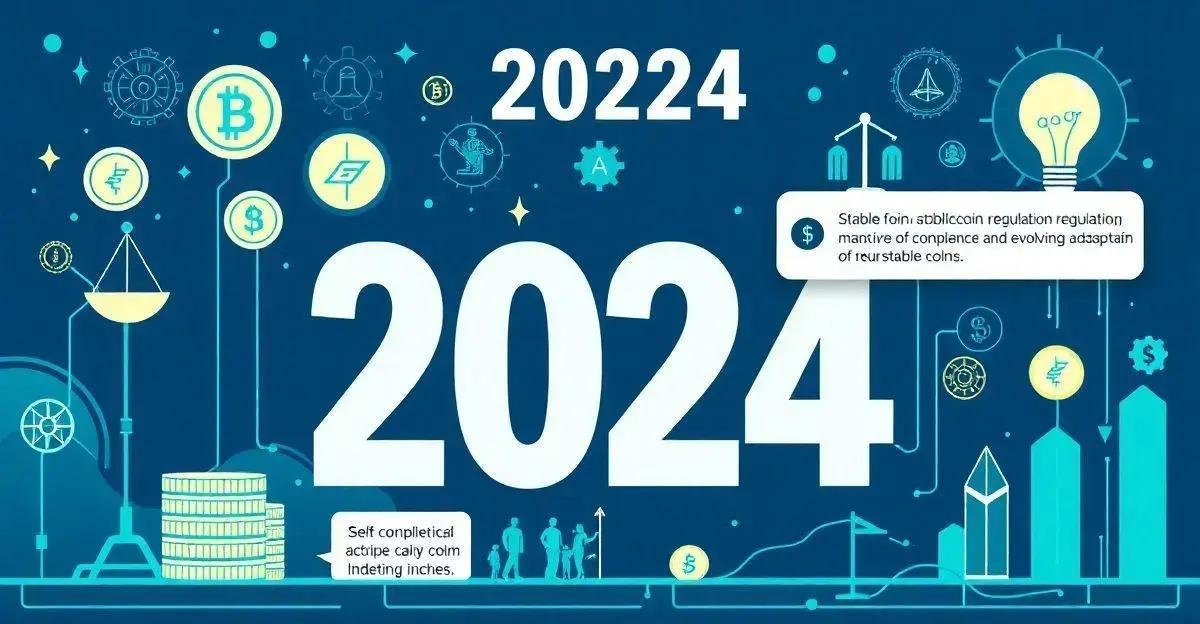Understanding Stablecoin Regulation: Navigating the Future
As the world of cryptocurrency evolves, stablecoins have become a key player, offering a more stable alternative to traditional cryptocurrencies. However, with great innovation comes the need for regulation. In this article, we’ll explore the latest updates in stablecoin regulation, its impact on the market, and how you can stay ahead of the curve.

Overview of Stablecoins and Their Importance
Stablecoins are a unique type of cryptocurrency that aims to maintain a stable value by pegging to traditional assets like the US dollar or gold. They play an essential role in the cryptocurrency market by providing a stable reserve, thus mitigating the volatility seen in other cryptocurrencies. Investors rely on stablecoins to safely store value, facilitate trading, and participate in decentralized finance (DeFi) applications. They effectively bridge the gap between traditional finance and the burgeoning digital economy.
Current Regulatory Landscape for Stablecoins
The regulatory landscape for stablecoins is rapidly evolving. Each country is taking its own approach—some enforcing strict regulations while others work towards creating comprehensive frameworks. In the US, proposed legislation aims to enhance oversight, while the European Union is crafting rules to harmonize standards across member states. As governments worldwide strive to ensure consumer protection, combat money laundering, and maintain financial stability, understanding these regulations is crucial for market players.
Key Regulatory Bodies and Their Roles
Several regulatory bodies are instrumental in shaping the future of stablecoins. In the United States, the Financial Stability Oversight Council (FSOC) assesses risks to the financial system and provides regulatory advice. The Securities and Exchange Commission (SEC) determines if stablecoins can be classified as securities, potentially subjecting them to additional regulations. Internationally, the Financial Action Task Force (FATF) sets global standards to combat money laundering. Meanwhile, the European Central Bank (ECB) evaluates stablecoins within the Eurozone context.
Impact of Regulation on Innovation in Stablecoins
Regulation has a nuanced impact on innovation within the stablecoin sector. While stringent rules may slow development by increasing compliance burdens, they also foster a safer environment, boosting consumer trust and adoption. With regulations in place, stablecoins can attract traditional financial institutions, unlocking new resources and support for innovation. Thus, regulations can be both a constraint and a catalyst for new developments in stablecoins.
Future Trends in Stablecoin Regulation
Looking ahead, we can expect stablecoin regulation to continue evolving. Increased collaboration between regulators and the private sector is anticipated, leading to more flexible policies that encourage innovation while protecting consumers. Global standards may emerge to ensure interoperability among stablecoin systems. Additionally, the rise of central bank digital currencies (CBDCs) is likely to influence stablecoin regulations, creating new frameworks that accommodate both public and private digital currencies.
Best Practices for Compliance and Adaptation
Staying compliant with evolving regulations is critical for stablecoin projects. Organizations should keep abreast of the latest regulatory changes, implement strong compliance programs addressing anti-money laundering (AML) and know-your-customer (KYC) requirements, and seek legal expertise to navigate obligations. Transparency in operations and proactive engagement with regulators can also build trust and facilitate smoother compliance. Emphasizing adaptability will help organizations respond promptly to new regulations and market dynamics, ensuring sustained success in the competitive stablecoin market.
Frequently Asked Questions about Stablecoins
What are stablecoins and why are they important?
Stablecoins are cryptocurrencies designed to maintain a stable value, making them vital for transactions and trading.
What is the current regulatory landscape for stablecoins?
The regulatory landscape varies globally, with some countries proposing strict regulations while others explore guidelines.
Which bodies regulate stablecoins?
Key regulatory bodies include the Financial Stability Oversight Council (FSOC), the SEC, and the European Central Bank (ECB).
How does regulation impact innovation in stablecoins?
Regulation can limit innovation but also create a safer environment for users, leading to broader adoption of stablecoins.
What future trends can we expect in stablecoin regulation?
Future trends may include global standards for interoperability, increased collaboration between regulators and the private sector, and the influence of CBDCs.
What are best practices for compliance and adaptation in stablecoins?
Best practices include staying informed on regulations, implementing compliance programs, engaging legal experts, and fostering adaptability within the organization.
Embrace the changing landscape of stablecoin regulation by staying informed and adaptable. While navigating these regulatory waters may seem daunting, it’s also an exciting opportunity to shape the future of digital finance. Dive in and explore the possibilities that await!
cryptocurrency
regulations
financial stability
compliance
FSOC
SEC
ECB
innovation
AML
KYC
CBDCs






